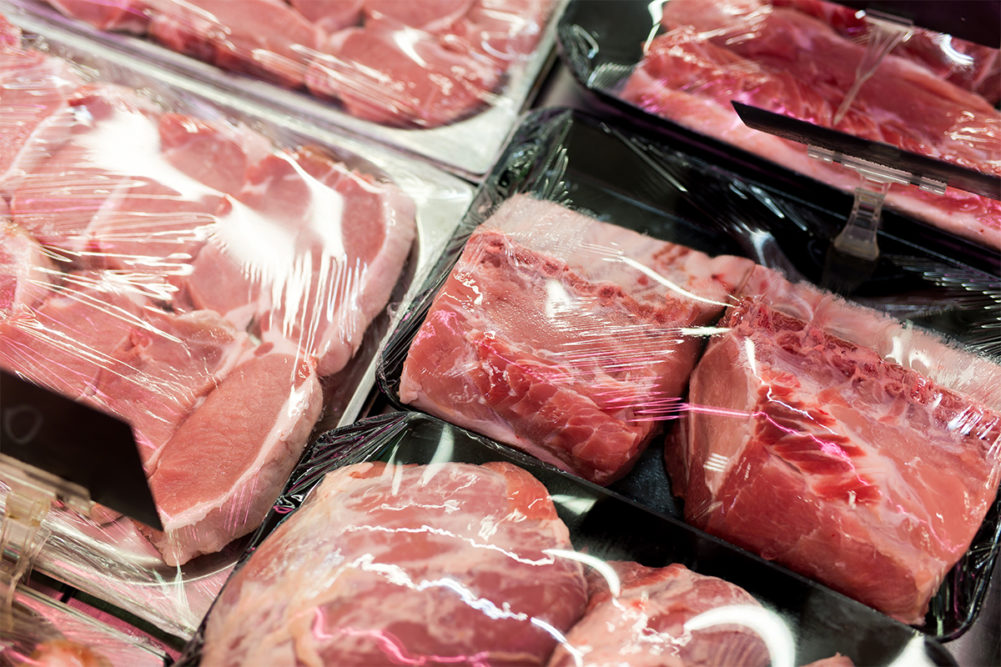UTRECHT, NETHERLANDS — Following a difficult past couple of years full of production challenges, the pork industry has begun to turn a corner in several key regions, according to Rabobank’s fourth quarter global pork report. Animal diseases remain a concern for the industry, but overall herd health has improved significantly.
“A renewed focus on cost reduction – given inflationary pressures resulting in the elimination of less productive operations – is also contributing to a rebound in production per sow,” said Christine McCracken, senior analyst of animal protein at Rabobank. “Although this improvement is a welcome trend and lowers costs, the additional production is compounding regional oversupplies and weighing on the market.”
Outside of Europe and South Korea, breeding herd reductions are slow. The slow response is likely in part due to optimism for favorable pricing and lower raising costs, Rabobank noted.
Corn and soybean prices dropped in the third quarter of 2023 following a bountiful harvest in North America and expectations of a large South American crop. Feed costs are down 20% to 30% compared to a year ago in most regions, according to the report.
“With the emergence of an El Niño pattern, the focus will shift to potential impacts on the South American growing season,” McCracken said. “And while grain and meal prices are expected to remain lower, other rising costs – including labor, insurance and financing – remain high for most producers.”
On the consumer side, pork markets continue to perform steadily as the protein remains a dietary staple. Consumers are still adjusting to inflationary pressures, leading the industry to stay vigilant to shifting preferences for pack types and sales channels.
“With consumers still cautious, particularly in light of rising geopolitical uncertainty, we expect an ongoing focus on reducing spending,” McCracken noted. “Pork consumption should benefit from the high cost of competing proteins and more consumers cooking at home.”
Rabobank predicted 2024 will produce continued steady pork consumption despite uncertainty about the economic environment.
Global pork importers are wary given disappointing holiday demand, currency volatility and rising geopolitical risk. In August, trade was down in China, South Korea and the United States, with only shipments to Canada and the United Kingdom showing gains.
“For Q4 2023, we expect global trade to remain slow given large inventories and relatively high domestic production (and low pork prices) in key importing regions,” McCracken said.
US August pork exports dropped 1.5% in value but were flat year-over-year in volume with 226,519 tonnes. With competitive pricing, Rabobank expects US exports to remain steady through the year. However, growing frozen inventories and weaker demand in some markets could pose a challenge.
China’s hog prices have dropped 8% in the past 1½ months. With an anticipated stable pork supply in the fourth quarter, Rabobank is optimistic seasonal demand and growing consumption will produce strong performance for China’s pork markets.



